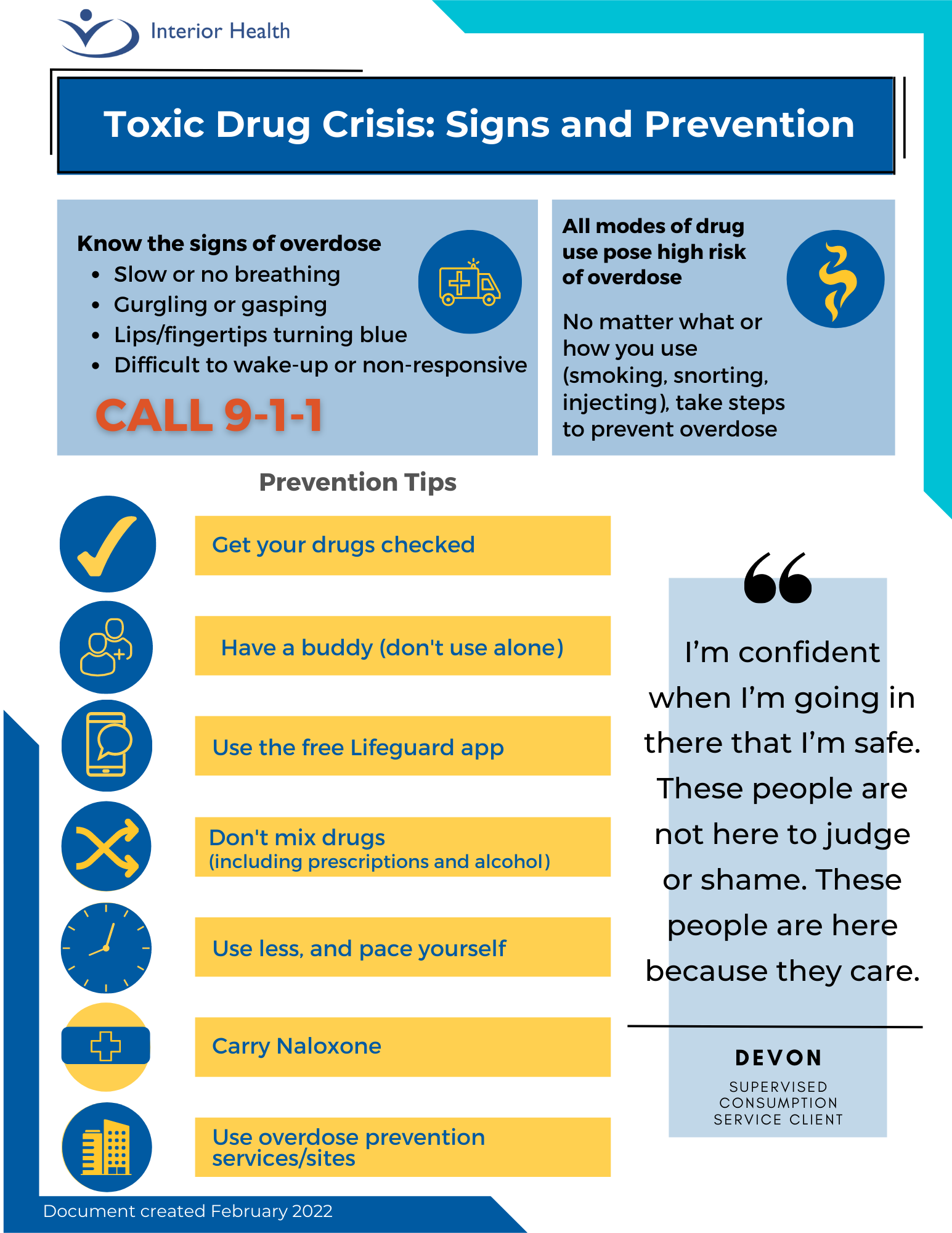Overdose Prevention & Treatment
In B.C. there are increasingly high levels of toxic drug deaths and events, and concerning drug checking results.
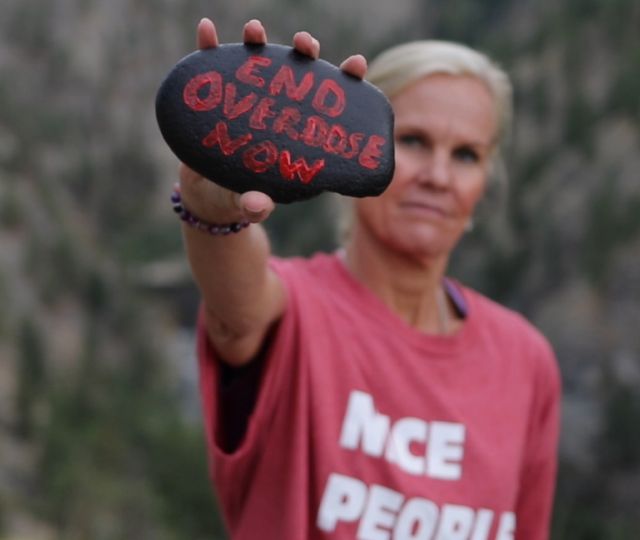
Need-to-know overdose information
- If someone is experiencing an overdose or is witnessing an overdose, call 9-1-1 immediately
- If you’re in crisis call 1-888-353-2273 for immediate assistance (24 hours, 7 days per week)
- View this infographic on toxic drug treatment options
- Get information about drug checking services in your area
- If you’re concerned about overdose activity in your community, visit our Harm Reduction page
- When there’s a drug or toxic drug alert, we will share the information on our Media Centre & Alerts page. You can also sign up to receive email notifications when there’s an alert or opt-in for text alerts through Toward the Heart by sending the keyword JOIN to ALERTS (253787).
- The drug supply is highly toxic and people who use drugs need to take precautions:
- Have a buddy or download the free Lifeguard app from the App Store or Google Play
- Don’t mix substances including pharmaceuticals and alcohol
- Use less and pace yourself
- Carry naloxone and know how to use it
- Access overdose prevention services and supervised consumption where available
- Recognize the signs of an overdose: slow or no breathing, gurgling or gasping, lips/fingertips turning blue, difficult to awaken, or non-responsive
- If someone is experiencing an overdose or is witnessing an overdose, call 9-1-1
Overdose prevention
Overdose prevention, supervised consumption sites and episodic Overdose Prevention Services (eOPS) are evidence-based health services that provide a place where people who use drugs can be safely monitored and treated if they overdose.
Trained staff provide supervised consumption of a substance a person brings with them to the site. These sites also provide enhanced harm reduction services including the distribution of naloxone and other harm reduction supplies as well as health care services and referrals for treatment.
In my experience: Supervised Consumption/Overdose Prevention Sites
Overdose prevention services are also provided on an as-needed basis (called “episodic” or “eOPS”). While these are not permanent overdose prevention sites, staff are able to respond to urgent overdose prevention needs in these locations that have seen increases in overdoses and overdose deaths.
Introduction to e-OPS (episodic overdose prevention services)
We operate several Supervised Consumption, Overdose Prevention and eOPS Sites throughout the region. Community agencies also offer overdose prevention sites in Kamloops and Nelson.
Check out our Overdose Prevention/Harm Reduction Fact Sheet that contains information on the benefits of supervised consumption services and responding to overdoses during COVID-19 as well as practical approaches to keeping people safe.
Opt-in for toxic drug alerts by sending the keyword JOIN to ALERTS (253787). Receive toxic drug and drug poisoning alerts and public health alerts. To further help keep communities safe, subscribers can anonymously submit information relating to toxic drugs or drug poisonings via text using the keyword OD.
Naloxone is an opioid overdose antidote that is widely available throughout IH through the provincial Take Home Naloxone (THN) program. The program provides training and naloxone kits free of charge to people who are at risk of an opioid overdose and those likely to witness an overdose (including friends and family members of those at risk of overdose). For more information, visit HealthLinkBC.
-
Locate a THN site in your community
-
View the THN training module for health-care workers in approved THN sites
-
This module covers documentation expectations and information that must be provided to patients/clients as part of the THN program. Please follow up with your employer for site specific requirements.
-
The free and easy to use Lifeguard App is another tool to respond to overdoses in B.C. The app is activated by the user before they take their dose.
After 50 seconds the app will sound an alarm. If the user doesn’t hit a button to stop the alarm, indicating they are fine, the alarm grows louder. After 75 seconds a text-to-voice call will go straight to 9-1-1, alerting emergency medical dispatchers of a potential overdose. Information regarding current drug alerts, harm reduction services, and treatment options is also available on the app.
The Lifeguard App can be downloaded at both the App Store and Google Play.
Drug checking is now offered by a variety of harm reduction service providers across the region. Drug checking is offered by appointment as well as drop-ins at some locations. Call ahead to find out more about services in your community.
Effective Jan. 31, 2023, B.C. was granted an exemption from Health Canada that decriminalizes the possession and use of certain illegal drugs (opioids, cocaine, methamphetamine, and MDMA) in specific locations. Decriminalization is a part of the province’s response to the ongoing Toxic Drug Crisis and aims to shift the approach to substance use from criminal justice to a public health response. This shift acknowledges that substance use/addiction is a health issue that requires health-oriented solutions ranging from prevention to harm reduction, treatment, and recovery. Criminalization and stigma lead many people to hide their drug use from family and friends, and to avoid seeking treatment and care.
Under Decriminalization, people 18 years and older will be permitted to possess up to 2.5g (cumulative) of exempted drugs listed above for personal use without fear of arrest, charges, or having their drugs seized.
This applies to the possession and use in the following locations:
- Private residences
- Places unhoused individuals are legally sheltering (indoor and outdoor locations)
- Overdose prevention, drug checking and supervised consumption sites
- Places that provide out-patient addiction services like rapid access addiction clinics
Decriminalization does not allow for:
- Possession of more than 2.5 gram cumulative of exempted substances
- Any amount of illegal drugs not covered under the exemption
- Any amount of drugs in public places like hospitals, businesses, transit and parks
- Youth under 18 cannot possess any amount of drugs
- Drug production, import/export, and trafficking remains illegal.
For more information on Decriminalization:
- For details about B.C.’s decriminalization of people who use drugs and the Health Canada temporary exemption, visit the government's Decriminalizing people who use drugs in B.C. webpage
- Read the full exemption from Health Canada
- Read the letter to municipalities on decriminalization sent on April 14, 2023
Decriminalization does not permit people to possess drugs in all healthcare settings. Possession is hospitals is prohibited. As per the provincial “Substance Use and Addictions Management in Hospitals” policy, patients and visitors remain prohibited from using (via injection, inhalation/smoking, or other means) and self-management of substances in hospitals, outside of a designated overdose prevention service site.
Learn what to expect as a client or patient at Interior Health:
Opioid Agonist Treatment (OAT)
We offer a full range of substance use treatment options including withdrawal management on an inpatient or outpatient basis; community or inpatient based recovery; and Opioid Agonist Treatment (OAT).
Integrated treatment teams are available in several communities. For information about treatment options, contact your primary care provider, or reach your local mental health and substance use centre by calling 310-MHSU.
In response to the toxic drug emergency, our mental health and substance use programs have implemented enhanced follow-up for individuals who present to emergency departments due to an overdose.
This includes expanded outreach services along with work to increase access to evidence-based OAT services, such as Suboxone and methadone, considered the first line of treatment for opioid addiction. New treatments including Injected OAT (iOAT) and Tablet (TiOAT) have been introduced in some communities.
To find OAT services talk to your doctor or contact your local mental health and substance use services office or check the list of Opioid Agonist Treatment (OAT) clinics and providers. For more information, please see the OAT handout, OAT Fact Sheet and visit the OAT services map.
Benzodiazepines
Drug checking continues to detect benzodiazepines (benzos) in drug samples in communities across the Interior Region. Benzodiazepines have been found in a variety of substances, most often sold as “down,” heroin, or fentanyl. A wide range of colours and textures have been identified.
Benzodiazepines mixed with opioids carry a high risk of overdose and can cause prolonged sedation, sleepiness, muscle relaxation, slurred speech, loss of consciousness, black outs/memory loss.
Responding to overdoses involving both Opioids and Benzos is more complex. Naloxone does not work on Benzos, but naloxone will work on the opioid overdose symptoms. After giving breaths and naloxone, the person may begin breathing normally, but may not wake up. More doses of naloxone should only be given if the person is not breathing normally (less than 10 breaths a minute). If the person is breathing normally but remains unconscious, place in recovery position and stay with them until emergency services arrive.
For more information, view the following documents:
The following links are provided to help with your learning about overdose prevention, harm reduction and substance use.
- Toxic drug deaths and events - Interior Region
- Substance use services & resources
- Harm reduction
- Overdose prevention/harm reduction fact sheet
- Overdose awareness in B.C. - Ministry of Health
- Stop Overdose BC – Ministry of Mental Health and Addiction
- Community overdose prevention program
- Resources for community partners
- Toward the Heart - A project of the provincial harm reduction program
- Respectful language and stigma regarding people who use substances
- BC Centre on Substance Use
- Continuum of care (handout)
- Gone Too Soon guidebook
Tracking toxic drug deaths & events with recovery
An enhanced surveillance system has been implemented to track both toxic drug deaths and events with recovery. This timely collection of critical data helps inform our response to this emergency.
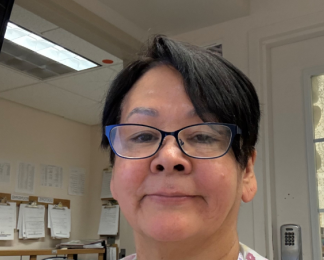
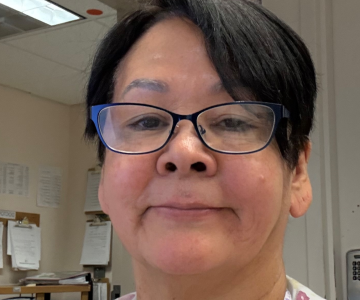
Thirty-five years into her career with IH, Elizabeth Adolph still loves what she does: taking care of residents at Mountain View Lodge in Lillooet.
/stories/we-are-ih-care-aide-proud-residents-consider-her-friend
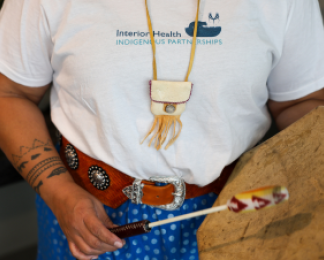

In the 5 years since the In Plain Sight report was released, we’ve made strides towards being a culturally safe organization—but there’s more work to do.
/stories/ihs-fifth-plain-sight-response-supports-reconciliation


Inspired by her aunt’s career as a pharmacist, Angela became a pharmacy technician to use the hands-on aspect of compounding to benefit patient care.
/stories/we-are-ih-pharmacy-tech-enjoys-problem-solving-patients
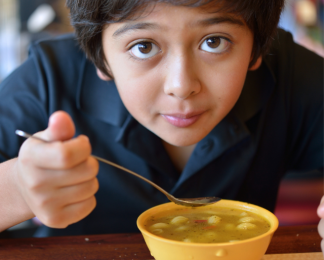
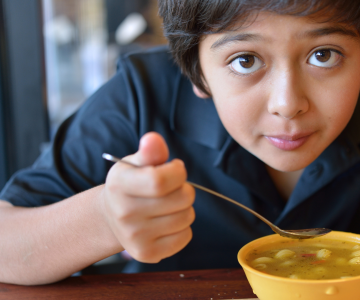
Souper Meals brings students together once a week over locally made soup, fresh fruit, veggies and buns, all free of charge.
/stories/more-soup-benefits-universal-school-lunch-program

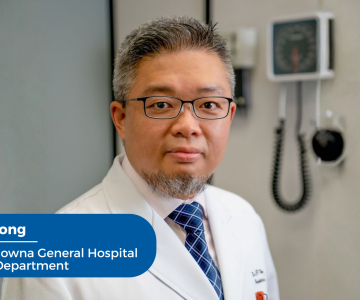
With decades of experience rooted in compassion and commitment to children’s health, Dr. Jeff Wong is carving a path for pediatric care at Kelowna Hospital.
/stories/dr-jeff-wong-leads-kelowna-pediatric-department-forward
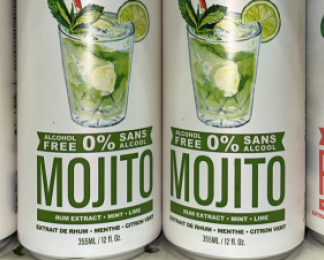
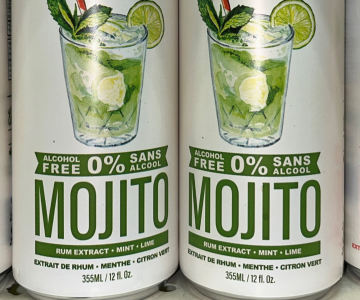
The holidays season offers opportunities to drink alcohol, and it can be easy to overindulge. Get tips on how you can drink less - and live more.
/stories/holiday-spirit-tips-drinking-moderation-season
STAY CONNECTED
Receive news, alerts, public service announcements and articles right to your inbox.


